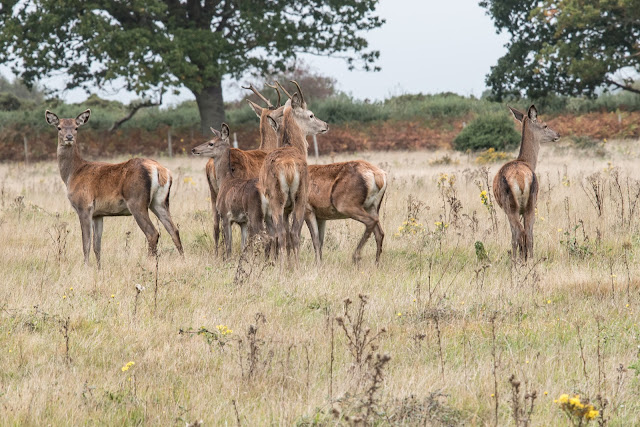The start of our week in Cornwall

Today was the start of our holiday week in Cornwall with Hayley, Andrew and Izobelle. They invited us to share a week with them based in the Cornish town of Lostwithiel, and we were looking forward to our week away with them. We started our journey on the Friday, and decided to go clockwise around the M25, onto the M3 and then follow the A303 - stopping at Wincanton for the night. Andrew and Hayley were later starting and they went on to Honiton. We made contact on saturday morning and decided to meet on the Cornish coast at lunchtime, at Charlestown, as we could not get into our accommodation in Lostwithiel until 4pm. Located about a mile outside the town of St Austell, Charlestown, is an amazingly pristine, unspoiled example of a late Georgian working port. It was constructed between 1791 and 1801 by Charles Rashleigh, entrepreneur and member of the local landowning family, in response to the growth of the growth of the local mining industry. Originally built to export copper ...



